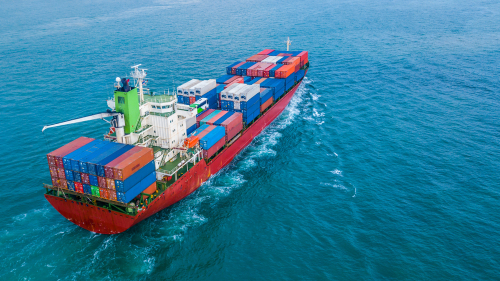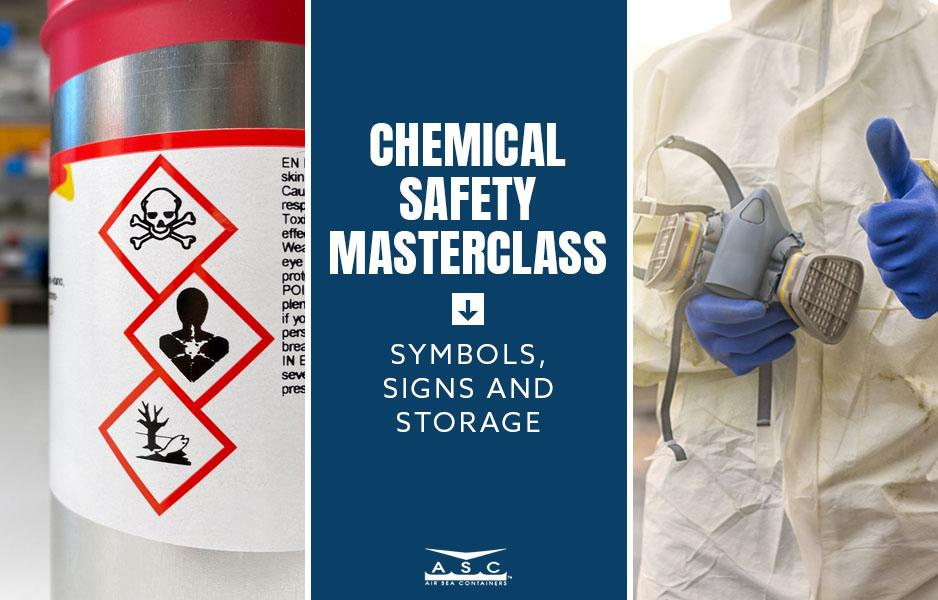Source: Tcly/Shutterstock.com
The International Commercial Terms (Incoterms) devised by the International Chamber of Commerce (ICC) are fundamental to the language of trade and the delivery of goods worldwide. When negotiating your international trade deal, several factors should guide you in determining which shipping terms are right for your particular transaction, balancing the benefits, costs and risks and your enterprise’s needs. Styrofoam Packaging Is Necessary for Products That Require Specific TemperaturesWhen shipment to the location of import will be made by waterway, either sea or inland, then the Cost, Insurance and Freight (CIF) incoterm may be suitable when negotiating your contract, defining when the liability of the seller ends and the buyer’s liability for the goods begins. Some things you should know about CIF:- Cost, insurance and freight (CIF) are used to allocate risk and cost liability in a shipping contract between a buyer and a seller.
- CIF is only used for sea or inland water-based transport and is unsuitable for containerized cargo or fresh product shipping.
- Under CIF, the seller’s responsibilities include packaging the goods, arranging transport, paying customs, taxes and duties and purchasing insurance.
- The buyer’s responsibilities begin once the cargo is loaded onto the vessel and include payment for the goods, inland transport and inspection fees.
What Is CIF in Shipping?
CIF is commonly used for the shipment of goods by waterway but is not always necessary for containerized shipments. CIF obligates the seller to arrange, pay for and complete the goods’ delivery to the port agreed to by the parties and to load the goods aboard the ship arranged by the buyer. Additionally, the seller is required to insure the goods against loss or damage during the process, through the loading of the vessel. If any unforeseen customs duties, rerouting, inspection fees or paperwork occurs during transit, the seller is also responsible for covering these extraneous costs.Does CIF Offer Commercial Benefits?
CIF may be advantageous for buyers unfamiliar with or less able to handle logistics in the country of origin of the goods. Likewise, if there is concern about whether the goods will survive undamaged during transport to and loading the vessel, the CIF insurance is beneficial. For sellers, if adept at the local logistics, there is potential for more profit because CIF terms are typically more expensive for the buyer.What Are the Seller’s Duties?
In a contract with a CIF incoterm, the seller assumes most liability, meaning they have several duties to complete to comply with the document’s terms. The seller must:- Arrange and pay for delivering the goods to the port named in the agreement.
- Ensure goods cleared for export.
- Ensure goods loaded aboard the vessel within the agreed timeframe.
- Provide the buyer with sufficient notice and provide proof of delivery and loading.
- Insure the goods against loss or damage during the process.

Source: Avigator Fortuner/Shutterstock.com
What Are the Buyer’s Duties?
Once the goods are loaded on board the carriage vessel, the risk transfers to the buyer, who covers all further expenses, including payment for the goods, inland transportation of goods, customs and taxes and inspection fees. A Hazmat Box Is Necessary For Hazardous MaterialsThe Disadvantages of CIF Incoterms
As a buyer, adding a CIF term to your contract appears to eliminate all risk and minimizes your overall shipping costs. However, there are several disadvantages, which may mean the CIF incoterm is unsuitable for your shipment. Because the seller assumes the cost of insurance and transportation, the costs are often built-in to the price of the goods to mitigate the seller’s financial risk, meaning the buyer may pay more than the market price for their goods. The seller is also likely to choose the least expensive shipping method to reduce freight’s overall cost, which may mean delays and prolonged shipping times due to an inefficient carrier company. The buyer has less control over the process, which can increase the risk of damage to goods. For some cargo, such as pharmaceuticals, the right packaging is crucial for ensuring the products’ integrity. It is advisable to determine what materials are used in blister packaging and other medical packaging to ascertain whether the seller must provide additional protective packaging before loading. Sellers may also be unaware of specific import costs, resulting in significant fines from the destination country. The U.S. requires an Importer Security Filing (ISF), which the seller must complete on behalf of the buyer. If the seller fails to complete the documentation, it is the buyer who sustains the fine.
Source: Travel Mania/Shutterstock.com











